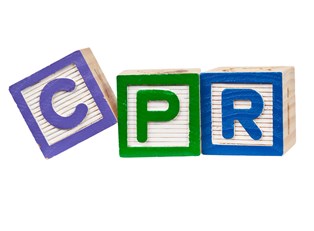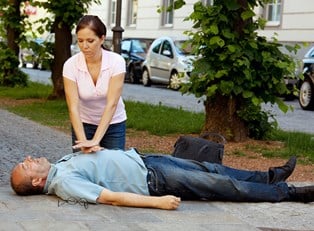Cardiopulmonary resuscitation has saved the lives of countless people throughout the years. However, there are times when CPR is modified or avoided altogether. These five exceptions will give rescuers the insight needed to recognize who needs standard CPR.
- When the patient is bleeding profusely.
The function of CPR is to restore a patient's breathing and circulation. A patient who has lost too much blood doesn't have adequate circulation. Performing CPR on him or her might speed up the blood loss and lead to the patient's death.
- When there's a Do Not Resuscitate order.
This sometimes happens with elderly patients in hospitals or nursing homes. Otherwise, the CPR given to an elderly person is the same given to any other adult. Due to their small size, however, CPR given to a child is different. For example, a child's head shouldn't be overextended in the head-tilt. The depth of the chest compression is less than that used for an adult. Chest compressions for an infant should be done with two or three fingers as opposed to the heel of the hand. The ventilations are also gentler.
- If the person is breathing.
No CPR is necessary if the person is breathing, even if he or she is unconscious.
- If the person is in a dangerous area.
The victim might be in a place where he or she is exposed to live electrical wires and other hazards. The would-be rescuer shouldn't put his or herself in danger along with the patient, but instead wait for a professional.
- If the person is dead.
This might sound like common sense, but it's surprising how many people might start CPR on a patient who has already died. Some signs of death are the pooling of blood in dependent body parts, rigor mortis, or the appearance of an injury that the patient could not have possibly survived, like a severed torso or decapitation.



